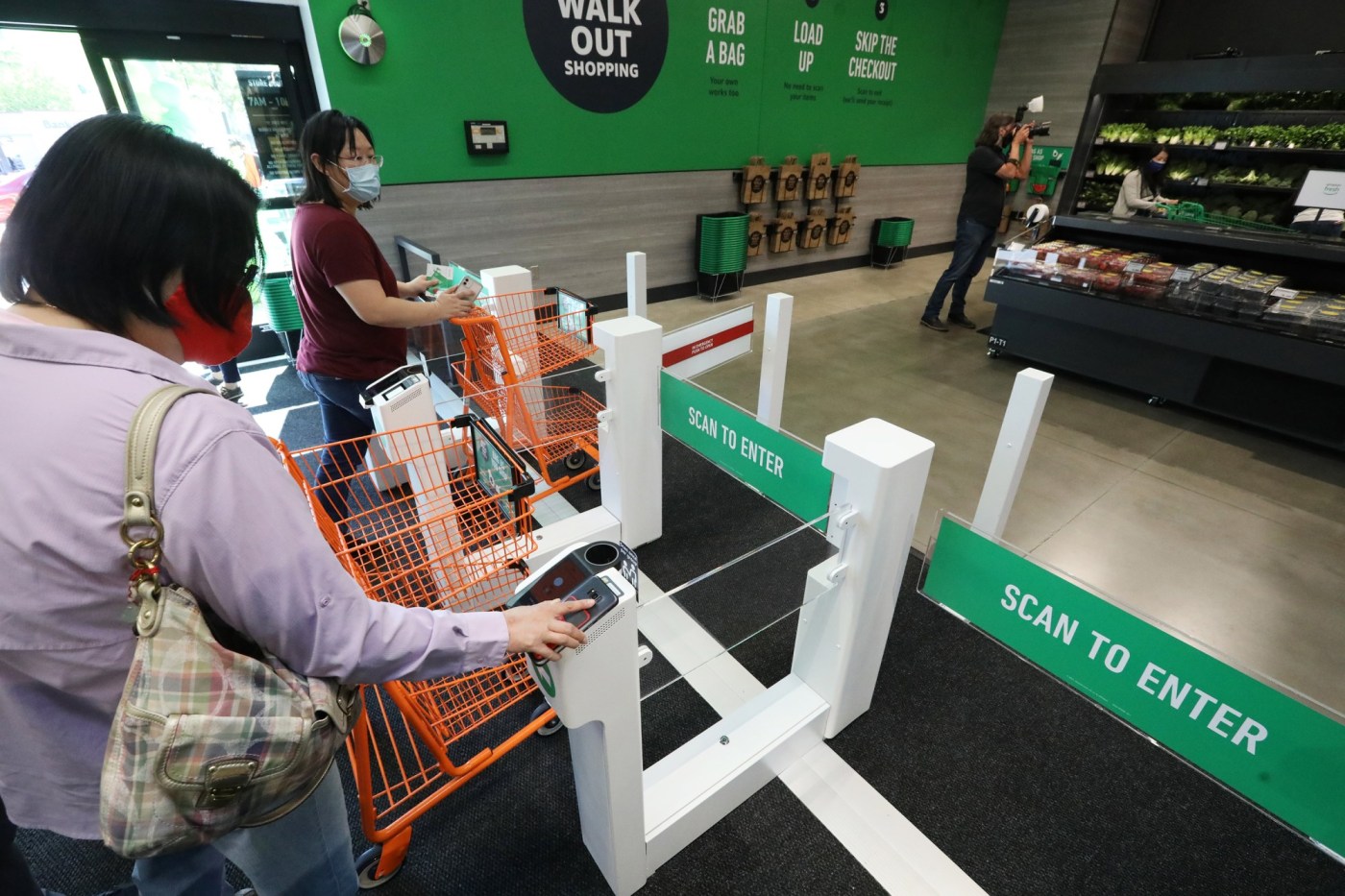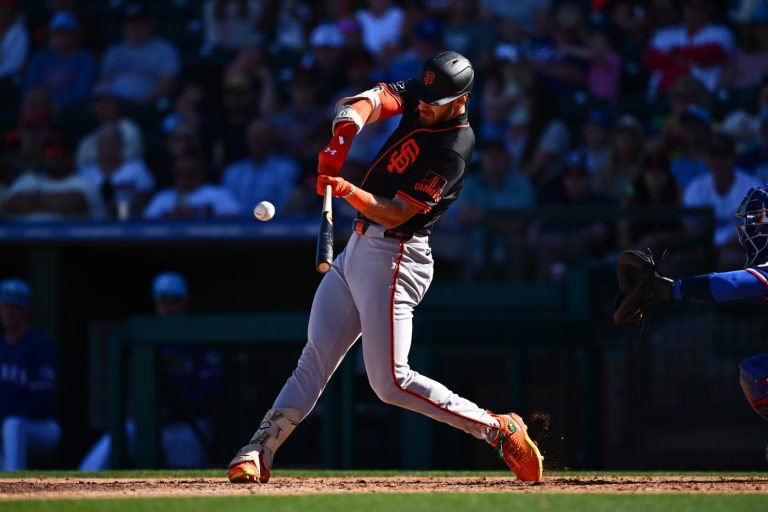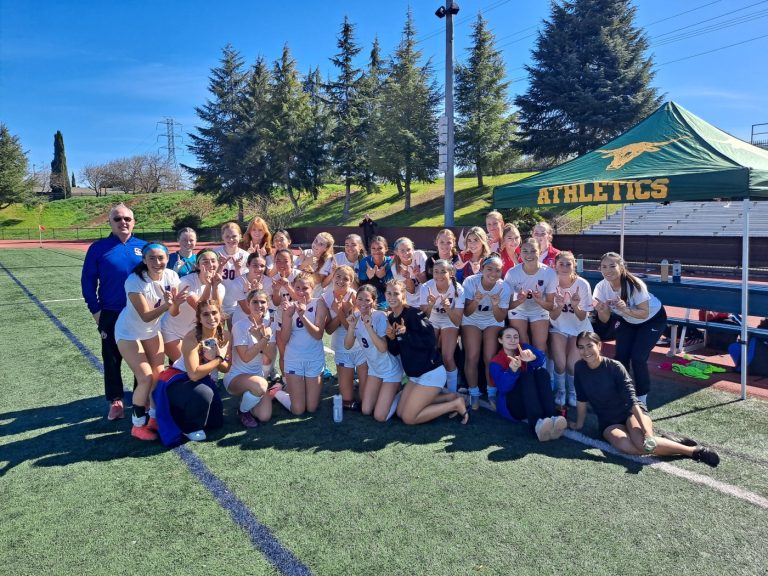Lauren Rosenblatt | The Seattle Times (TNS)
When Amazon introduced its cashierless checkout system — aptly called Just Walk Out — the tech was seen as the latest prong in Amazon’s mission to transform brick-and-mortar stores and become a dominant competitor in the grocery industry.
Roughly seven years later, Amazon is taking that technology out of its grocery stores, and the revolution it had hoped to bring has yet to materialize.
Amazon says it is still committed to its grocery efforts — which these days include sales from Amazon.com, Amazon Fresh grocery stores, Amazon Go convenience stores and Whole Foods Market. But analysts are divided on how to interpret recent changes in Amazon’s grocery strategy.
On top of removing the Just Walk Out technology from Fresh grocery stores, Amazon closed some stores, paused expansion for new locations and reformatted others. It laid off some workers in its grocery division, shelved its idea for drive-up pickup sites and experimented with a new subscription model for online shoppers.
Is Amazon’s grocery business approaching its expiration date?
“In the world of nonperishable, nonedibles, Amazon is very dominant,” said Sucharita Kodali, an analyst from Forrester who has followed Amazon’s grocery efforts since they started. “In fresh foods, Amazon is not a significant player.”
“If I were Kroger, I would not spend a lot of time focusing on Amazon as a competitive threat.”
At the company’s annual shareholders meeting last month, CEO Andy Jassy listed grocery as one of the many businesses Amazon is passionate about growing. Chief Financial Officer Brian Olsavsky told reporters earlier this year the company was “pleased” with its growth in physical stores.
“You’ll see us continue to iterate in grocery because we believe when we find the right mix of offerings for customers, we can meaningfully improve their shopping experience,” Tony Hoggett, Amazon senior vice president of worldwide grocery stores, said in a statement to The Seattle Times.
But the changes over the past several months have left many analysts and academics skeptical of how Amazon is going to succeed in a competitive, low-margin business — and some questioning how long the company should keep trying.
“As an observer who’s watched the company for years, and knows the economics of the grocery industry, I can’t say it makes sense,” Kodali said. And Amazon’s recent changes to its grocery business “suggest that they don’t think it makes sense either.”
Customers using cashierless technology to checkout with an app or credit card at the first Amazon Fresh in Washington, on opening day, Thursday, June 17, 2021 in Bellevue, Washington. The store also has cashiers. (Ken Lambert/Seattle Times/TNS)
From books to groceries
Amazon quietly entered the grocery business nearly two decades ago when it launched an online delivery service for nonperishable goods — with ambitions to expand to sell just about everything.
In an announcement on its website, according to a 2006 article from CNET, Amazon told its customers: “Because we only carry products when we can offer great prices and free shipping, we don’t carry everything (yet!)”
Since then, Amazon has begun selling perishable goods online and introduced Go convenience stores, Fresh grocery stores and Fresh Pickup sites, where shoppers would pick up online orders. It closed the last of its two Fresh Pickup sites earlier this year.
In 2016, Amazon made a splash with the introduction of its Just Walk Out technology in a convenience store in Seattle’s South Lake Union neighborhood. The tech relies on a complex system of cameras, sensors and computer vision to track items as customers shop and automatically charge them for what they walk out with, skipping the need for going through a checkout line.
In 2017, Amazon cemented its brick-and-mortar grocery presence when it acquired Whole Foods in a $13.7 billion deal.
Jake Dollarhide, an analyst and co-founder of Longbow Asset Management who has followed Amazon’s grocery business closely, said the acquisition sent shock waves through the industry.
Amazon’s stock went up and shares for Walmart, Costco and Kroger tumbled as investors and competitors prepared for the e-commerce giant to disrupt the traditional grocery retail market.
That initial reaction turned out to be a huge overestimate, Dollarhide said, and it was the last time Amazon’s grocery moves jolted the industry so significantly.
“Some people would call their foray into groceries a mistake, and that would be fair, to an extent,” Dollarhide said. “They’ve had more closures, resets and renovations than they’ve actually introduced concepts at this point.”
In 2022, Dollarhide told CNBC Amazon’s grocery business was an“expensive hobby.” Today, he said, that’s still the case. “Nothing has changed since Day 1 for Amazon groceries. Everything remains in flux.”
Amazon and Whole Foods still capture just a small part of the $8 trillion grocery industry.
Related Articles
California lawmakers fast-track bill that would require online sellers to verify their identity
Tesla must face autopilot false ad claims by California DMV
Ikea lost $5,000 when each worker quit. So it began paying more and here’s what happened
Everything Apple announced at its big AI event
Oakland issues ultimatum to airport hotel in $400,000 wage-theft case
Compared to other retailers, Amazon and Whole Foods are seeing a fraction of the total money shoppers spend on groceries, according to data from Numerator. From March 2023 to March 2024, Walmart claimed 20% of overall grocery spending, while Kroger captured nearly 10% and Costco 8%.
Amazon, on the other hand, accounted for 2.8% of total spending. More than half of that came from in-store purchases at Whole Foods.
Though Amazon’s online grocery sales have grown year over year since 2020, the e-commerce giant still fell behind Walmart last year, according to data from Insider Intelligence and eMarketer. Walmart reported $49 billion in e-commerce grocery sales in 2023, while Amazon recorded $36 billion.
“The grocery effort, in our minds, is subpar,” said Scott Mushkin, founder and CEO of research firm R5 Capital. Amazon is a leader in logistics and distribution, Mushkin said. He is bullish on almost every part of the company — except grocery. Amazon needs to make radical strategy changes there if it wants to succeed, he said.
“There’s nothing new — this is kind of the bottom line — there’s nothing new that they’re putting forward in the grocery space,” Mushkin said.
Since Amazon’s acquisition seven years ago, Whole Foods has added nearly 70 stores in the U.S., the U.K. and Canada, and the company says 75 new locations are in the pipeline. After opening Amazon Fresh in 2020, the company quickly expanded to 44 stores in two years. It has since closed three in the U.S., including a store in Seattle’s Capitol Hill neighborhood, and paused its expansion of Fresh locations last year.
Amazon still operates four Fresh grocery stores in Seattle and said earlier this month it plans to open “several” new locations around the country starting this summer.
A new format
Amazon sees a role for itself in the grocery industry.
Rather than multiple stops at multiple stores, Amazon says it can offer shoppers all their grocery needs through one familiar brand — whether on the app, online or in store.
“We continue to be optimistic about what we’re doing in grocery,” Jassy said on a call with investors in April. “We have lots of ways that we can continue to help customers satisfy their grocery needs.”
Company executives first acknowledged Amazon was reevaluating its grocery strategy early last year.
In February 2023, Jassy said Amazon had paused expansion of its Go convenience stores and Fresh grocery stores as it worked to “find the right format that resonates with customers … and where we like the economics.”
Over a year into that experiment, Amazon has made several changes. In addition to closing stores, Amazon introduced a new layout for Fresh and debuted a new, smaller format for some Whole Foods locations. In Fresh stores, it is swapping the Just Walk Out system for Dash carts — smart grocery carts. It lowered prices at Fresh and created a new delivery subscription for customers who also signed up for Amazon Prime.
The changes are a mix of good and bad, according to more than 10 analysts and academics who spoke with The Seattle Times.
Closing stores is never a good sign. New store formats and a new subscription model are usually positive indicators. And, for a company like Amazon, removing and replacing technology is often seen as the price of innovation.
“All of these are very consistent with how Amazon operates,” said Dan Romanoff, an analyst with Morningstar. “They get an idea in their head and they kind of tinker with it until they get it working. They’re always pulling a bunch of levers and tightening little screws here and there until they’re happy with it.”
Each change is just another screw tightening, Romanoff said.
Because Amazon’s investors are used to the company taking big risks — and hopeful that those risks will pay off in the same way its e-commerce and cloud businesses did — Romanoff said Amazon has a leg up on the competition.
It’s not clear exactly how much Amazon is profiting from grocery sales, but it is a small share of the tech and e-commerce giant’s business. Physical stores — including Amazon Fresh, Amazon Go and Whole Foods — brought in $5 billion in revenue last quarter. Amazon’s online stores — including sales from Amazon.com and online grocery orders placed for pickup — brought in $54 billion.
“I don’t think Amazon is on the clock because of investors,” he said. “They’ve got plenty of runway.”
Mixed results
Amazon isn’t alone in trying to navigate a tricky physical retail landscape.
Mehmet Altug, a business professor at George Mason University, said some of the changes aren’t unique to Amazon.
Major retailers across industries closed nearly 5,000 stores in 2023, marking a 28% increase in store closures year over year, according to a January report from Coresight Research. It pinned the increased closures on “muted consumer demand” and rising interest rates.
Expecting Amazon to “go in the other direction … it’s unrealistic,” Altug said.
Similarly, Uttara Ananthakrishnan, a professor at Carnegie Mellon University, said Amazon’s switch from Just Walk Out tech to Dash carts is not a sign of Amazon’s failure, but rather an indication that grocery shoppers are reluctant to change their habits, even if the high-tech solution could offer more convenience.
She considers the grocery industry the “last frontier” for technological change.
“If Amazon hasn’t had that much success … you can see how difficult the industry is,” Ananthakrishnan said. “If there is any tech company who will make a big splash, it’s likely going to be Amazon.”
Amazon has said it isn’t backing away from its Just Walk Out technology and plans to sell it to more than 120 third-party businesses by the end of this year, doubling the number of non-Amazon enterprises that use it. Some retailers already leasing the technology, including T-Mobile Park and Climate Pledge Arena, told The Seattle Times that Amazon’s change won’t impact how the technology is used in its venues.
Even without Just Walk Out — which Amazon says is well-suited for smaller shopping trips — Amazon Fresh stores will still be high-tech.
The company is expanding its use of Dash carts, which use the same computer vision systems as Just Walk Out to track a customer’s spending in real time. After shopping, customers walk through a designated Dash cart lane that automatically charges their account for the items they leave with.
“While a lot has changed in the 10 years since we started the journey to reimagine the physical shopping experience, one thing has remained constant: Shoppers still don’t like waiting in lines,” Dilip Kumar, vice president of AWS applications, wrote in an April blog post.
Outside Amazon’s Fresh grocery store in the Central District on a sunny Thursday afternoon, weeks after the company announced changes to its Just Walk Out tech, shoppers said they hadn’t heard or noticed any difference. That’s likely because they didn’t use the technology; seven shoppers who spoke with The Seattle Times said they did not use Just Walk Out technology or Dash carts.
Ziyada Ibrahim, a junior at Garfield High School, said she never used the tech because it made her feel like she was stealing. She never needs the smart carts, either, because she’s usually stopping in just for sushi or pizza and a drink.
Michelle Bae, a 28-year-old from Mountlake Terrace, said she never took the time to figure out how to use Just Walk Out. Even though it is meant to save time in the long run, she said she wasn’t interested in learning to navigate it for quick trips during a lunch break or on her way home from work.
Jan Harkness, 76, who was visiting from Medford, Ore., said she tried Just Walk Out once but ended up getting charged for an item purchased by another customer who had walked out in front of her. Amazon refunded the charge but now Harkness prefers to scan her own items and keep an eye on the receipt.
Asked about Just Walk Out, Wei Zheng, who is in her mid-40s and lives in the Mount Baker neighborhood, asked what that was.
Zheng comes to the Amazon Fresh store when she has a return to make, but said she wouldn’t use it as her primary grocery shopping trip. The store doesn’t have some of what she’s looking for, particularly traditional Asian foods. But, she said, it’s on the bus line.
Most of the shoppers who spoke with The Seattle Times felt the same way: They like the store for its proximity to work or home and said they often find good deals, but said Amazon Fresh was a quick stop, rather than a destination for their weekly grocery trip.
“The variety is not as good but as a Prime member it is a deal,” Zheng said. “I would not come here just to buy groceries.”
Harkness described the overall experience as “better than a 7-Eleven.”
Mushkin, from R5 Capital, recently visited an Amazon Fresh store in Irvine, Calif., where the company had boasted of changes to improve the shopping experience. He saw slight upgrades — like placing flowers by the entrance and working on the lighting — but said the store still felt very “clinical.”
He was also alarmed by the product placement: Ice cream was next to health care products; frozen pizza was next to baby food; laundry detergent was next to frozen meals.
“As far as the store format goes, they’re just missing the mark,” Mushkin said.
Customers are often looking for three things from a retailer, Mushkin said: Save my time, enhance my time, save my money. Amazon was probably aiming to save shoppers’ time with its Just Walk Out technology, he continued, but “the time being saved was not enough.”
David Bishop, a partner at the analytics firm Brick Meets Click, focused on Amazon’s new subscription model for online grocery shoppers. In April, Amazon said Prime members could pay$9.99 per month for free grocery delivery on orders over $35.
Bishop saw the new promotion as a sign Amazon hadn’t been able to use its grocery business to convert shoppers to Prime subscribers — one of the main goals of most of Amazon’s far-reaching offerings, from Prime Video to health care.
“Maybe grocery isn’t as powerful for Amazon as they had hoped,” he said.
“Give it five more years”
Kodali, the analyst from Forrester, saw a shift in Amazon’s approach to grocery when Jassy took over as CEO in 2021.
Under Jeff Bezos’ leadership, Amazon made a big announcement about its grocery or apparel business every few months, she said. In the three years since the leadership change, Amazon has closed its brick-and-mortar bookstores and 4-star shops, where it sold electronics, toys and home goods. It also backed away from Amazon Style, the company’s experiment with physical clothing stores. Jassy also oversaw several cost-cutting efforts, including shutting down some experimental tech projects, subleasing and closing some warehouses and laying off several thousand workers.
Jassy doesn’t seem to have the “appetite” for capital-intensive experiments, like grocery, Kodali said.
“I suspect he recognizes that they’ve made all these efforts [and are] supposed to have made all these learnings,” Kodali said. “And the learnings should be ‘it’s really hard for Amazon to crack these categories.’”
Kodali wouldn’t be surprised if Amazon sells Whole Foods in the next few years.
In response to questions from The Seattle Times, an Amazon spokesperson said the company has “no intention of divesting Whole Foods Market.” The company said it has streamlined costs broadly to focus on long-term strategic investments where it believes Amazon can move the needle for customers. Grocery is one of those investments, Amazon said.
While some analysts expect Amazon to keep trying its hand at grocery — arguing that it takes time to disrupt an industry with low profit margins and a customer base that is resistant to changing shopping habits — Dollarhide, from Longbow Asset Management, also predicts Amazon will “pivot” in the next few years.
Like Kodali, he wouldn’t be surprised if Amazon sells Whole Foods, or folds its Amazon Fresh brand into the existing Whole Foods model. He also predicted Amazon could shift from trying to compete with grocery stores like Safeway and Kroger to trying to build a brick-and-mortar “everything store,” like Walmart and Target.
“Give it five more years,” Dollarhide said. “At some point, you’re throwing billions at a low-profit business that could be going into cloud, going into e-commerce, going into AI.”
©2024 The Seattle Times. Visit seattletimes.com. Distributed by Tribune Content Agency, LLC.












